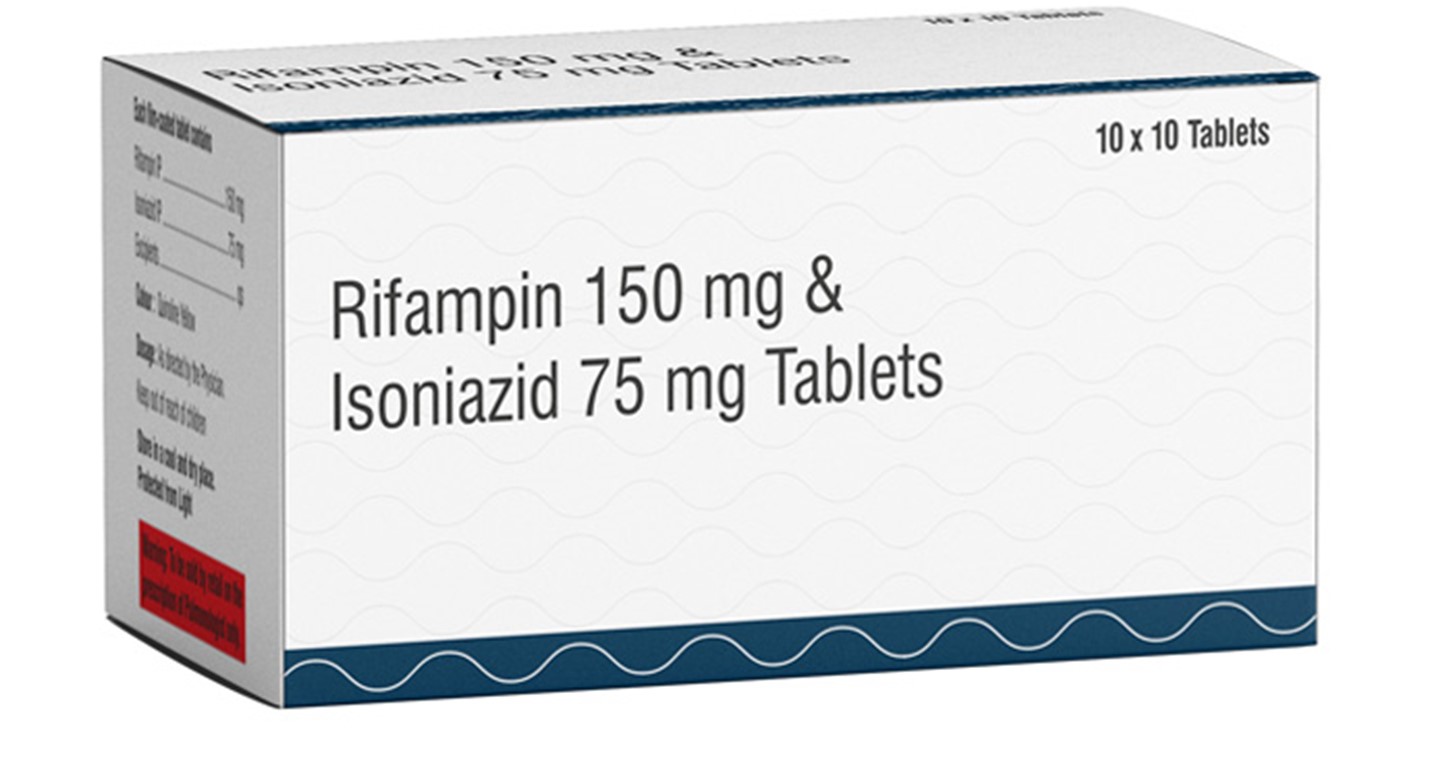Which laboratory results should the nurse closely monitor in a client who has end-stage renal disease (ESRD.?
Serum potassium, calcium, and phosphorus
Erythrocytes, hemoglobin, and hematocrit
Leukocytes, neutrophils, and thyroxine
Blood pressure, heart rate, and temperature
The Correct Answer is A
Choice B reason: Erythrocytes, hemoglobin, and hematocrit are laboratory results that are not as critical as serum potassium, calcium, and phosphorus in a client who has end-stage renal disease (ESRD.. Erythrocytes are red blood cells that carry oxygen from the lungs to the tissues. Hemoglobin is a protein in erythrocytes that binds oxygen. Hematocrit is the percentage of blood volume that is occupied by erythrocytes. ESRD can cause anemia (low erythrocyte, hemoglobin, and hematocrit levels) due to reduced production of erythropoietin, a hormone that stimulates erythrocyte formation, by the kidneys. Anemia can cause fatigue, pallor, or shortness of breath.
Choice C reason: Leukocytes, neutrophils, and thyroxine are laboratory results that are not as relevant as serum potassium, calcium, and phosphorus in a client who has end-stage renal disease (ESRD.. Leukocytes are white blood cells that fight infection and inflammation. Neutrophils are a type of leukocyte that respond to bacterial infection. Thyroxine is a hormone that regulates metabolism and growth. ESRD can cause leukopenia (low leukocyte levels) and neutropenia (low neutrophil levels) due to impaired immune function and increased susceptibility to infection. ESRD can also cause hypothyroidism (low thyroxine levels) due to reduced clearance of thyroid hormones by the kidneys. Hypothyroidism can cause weight gain, cold intolerance, or depression.
Choice D reason: Blood pressure, heart rate, and temperature are not laboratory results, but vital signs that should be monitored in a client who has end-stage renal disease (ESRD.. Blood pressure is the force of blood against the walls of the arteries. Heart rate is the number of times the heart beats per minute. Temperature is the measure of body heat. ESRD can cause hypertension (high blood pressurE. due to fluid overload and activation of the renin-angiotensin-aldosterone system, a hormonal pathway that regulates blood pressure and fluid balance. Hypertension can cause headache, chest pain, or stroke. ESRD can also cause tachycardia (high heart ratE. due to anemia, fluid overload, or electrolyte imbalance. Tachycardia can cause palpitations, dizziness, or heart failure. ESRD can also cause fever (high temperaturE. due to infection or inflammation. Fever can cause chills, sweating, or delirium.
Nursing Test Bank
Naxlex Comprehensive Predictor Exams
Related Questions
Correct Answer is A
Explanation
The correct answer is A:
Choice A reason: Review the need for the UAP to wear a face mask while in close contact with the client. Influenza is a respiratory virus that spreads mainly by droplets made when people with flu cough, sneeze or talk.A face mask can help block the spread of these droplets.
Choice B reason:Reminding the UAP to apply a fitted respirator mask before entering the client’s room is not necessary for standard influenza precautions.Respirator masks are more commonly used for airborne precautions, such as tuberculosis or measles, not for influenza.
Choice C reason:Assigning the UAP to provide care for another client and assuming full care of the client is not indicated unless the UAP is not following proper infection control procedures.There is no evidence of that in the scenario provided.
Choice D reason:Instructing the UAP to notify the nurse of any changes in the client’s respiratory status is important, but it is not the immediate action related to infection control.The priority is to prevent the spread of infection.
Correct Answer is C
Explanation
Choice A: Conversion of the client's PPD test from negative to positive is not the most important information for the nurse to note, as this is an expected finding for a client who has been exposed to tuberculosis and does not affect the administration of isoniazid. This is a distractor choice.
Choice B: History of intravenous drug abuse is not the most important information for the nurse to note, as this is not directly related to the use of isoniazid and does not contraindicate its administration. This is another distractor choice.
Choice C: Current diagnosis of hepatitis B is the most important information for the nurse to note, as this can increase the risk of hepatotoxicity and liver damage from isoniazid, which requires close monitoring and possible dose adjustment. Therefore, this is the correct choice.
Choice D: Length of time of the exposure to tuberculosis is not the most important information for the nurse to note, as this does not influence the dosage or frequency of isoniazid and does not indicate any complication or adverse reaction. This is another distractor choice.

Whether you are a student looking to ace your exams or a practicing nurse seeking to enhance your expertise , our nursing education contents will empower you with the confidence and competence to make a difference in the lives of patients and become a respected leader in the healthcare field.
Visit Naxlex, invest in your future and unlock endless possibilities with our unparalleled nursing education contents today
Report Wrong Answer on the Current Question
Do you disagree with the answer? If yes, what is your expected answer? Explain.
Kindly be descriptive with the issue you are facing.
